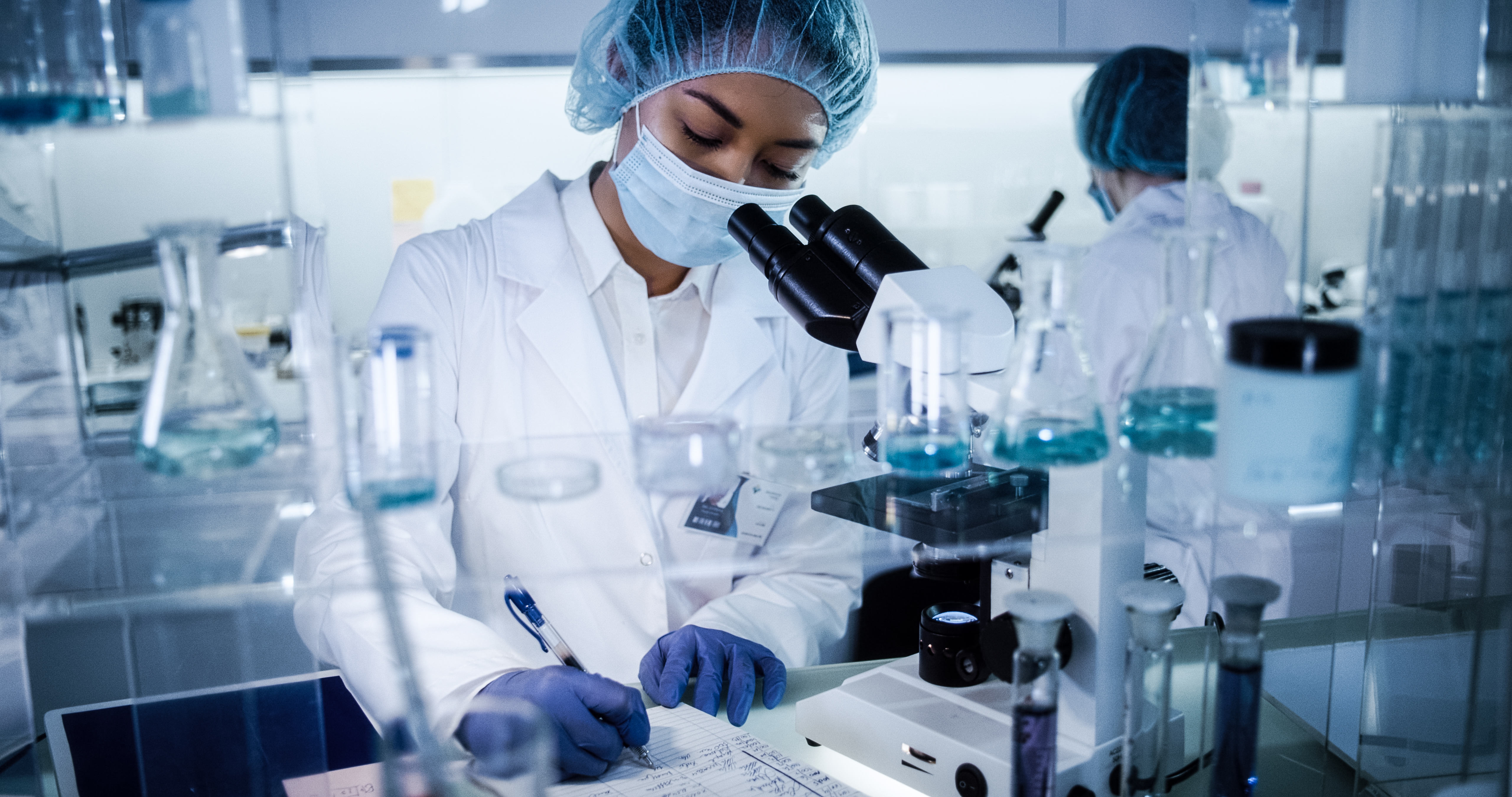Blood and tissue banking have been common practice for decades. Biomedical giants are able to store large quantities of tissue for prolonged periods, but the methods of tissue collection are rarely standardized and require a lot of resources.
At UF Health, Ali Zarrinpar, MD, PhD, associate professor in the division of transplantation and hepatobiliary surgery at the University of Florida College of Medicine, is working with his research team to change that.
“In addition to preservation of the tissue, we’ve been able to correlate the tissue with a patient database upon its harvest and preservation,” Zarrinpar said. “After a consent process, we collect data on different patients, and have the process standardized to the point where you can pose a research question and go through the database to identify the population and corresponding tissue samples in question.”
A team of coordinators and medical scientists work around the clock to ensure the process occurs every time a liver transplant occurs, which, as Zarrinpar points out, can happen at any time — day or night.

The tissue banking process offers a robust starting point for surgeon-scientists to explore almost any question. For example: Zarrinpar and his team are implanting liver cancer tissue in mice to grow the tumors and identify potential drug sensitivities.
In many places, the process of tissue banking is separate from the researchers’ investigative process, Zarrinpar said.
“But because I’m a surgeon who also has a research lab, we’ve been able to coordinate many of these processes, and I’m able to work with collaborators directly on their questions and what they’re interested in. Then, we can tailor some of our collections and procurement to those studies,” he said. “We have the ability to be a single source for many liver-related research questions due to our high volume.”
A number of discoveries have already come from the process, Zarrinpar said.
“It’s rewarding to see this all come together. Without patients allowing us to use their tissue samples, several research endeavors might otherwise be stagnant,” he said. “It’s one thing to show something in a mouse, but it’s another to actually show something with human tissue.”
Ideally, Zarrinpar said, this tissue-banking process will become a one-stop shop for scientists to address research questions. Because of his relationships with other surgeons, the lab has access to samples from a variety of patient populations, making their pool of samples more representative of the general population and of a range of disease processes.
“For example, we work very closely with the bariatric surgery group, and they’ve been very generous with their time and with their effort in procuring liver tissue samples from obese patients undergoing bariatric surgery,” he said.
Then, questions about conditions like fatty liver disease and what causes it can be studied, Zarrinpar said.
Eventually, he hopes the process will become an externally funded and intrinsic aspect of liver research. Thanks to Zarrinpar and his team, the infrastructure is there.
“When you have a concerted effort within a department and a dedicated crew, it really works,” he said.

